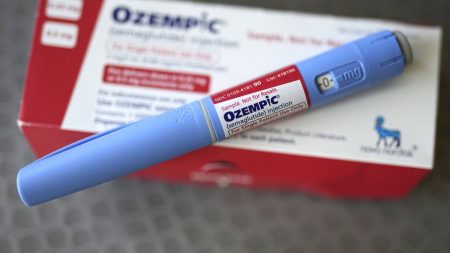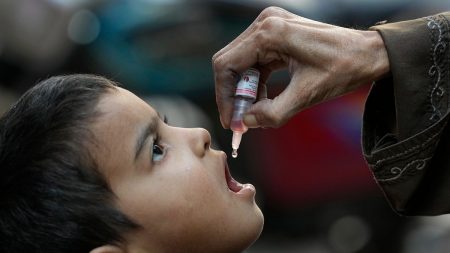Cancer survival disparities across Europe reveal significant geographical and economic inequalities, raising concerns about equitable access to healthcare resources and effective treatment. In 2021, cancer claimed 1.1 million lives in the EU, representing 21.6% of all deaths. While scientific efforts continually strive for improved treatments and early diagnosis, survival rates, or more accurately, survival estimates (the probability of surviving a specific period after diagnosis), fluctuate dramatically based on cancer type and geographical location. This disparity underscores the complex interplay of factors influencing cancer outcomes across the continent.
Examining cancer mortality across 29 European countries (24 EU members excluding Greece, Hungary, and Luxembourg, plus the UK, Switzerland, Norway, Iceland, and Turkey) reveals lung cancer as the deadliest, accounting for 24% of male and 15% of female cancer deaths. Colorectal cancer follows, impacting both genders equally at 12%. Prostate cancer contributes to 10% of male deaths, while breast cancer represents 16% of female fatalities. Pancreatic cancer accounts for 6% of male and 8% of female deaths. These statistics highlight the varying aggressiveness and prevalence of different cancer types, contributing to the range of survival estimates observed.
Five-year survival estimates from 2010-2014 illustrate these stark disparities. Lung cancer survival, for example, ranged from a low of 7.7% in Bulgaria to a high of 20.4% in Switzerland and Latvia, against an EU average of 15%. Colon cancer survival varied from 51.1% in Croatia to 72.1% in Cyprus, with an EU average of 60%. Prostate cancer demonstrated higher survival rates, averaging 87% across the EU, with several countries exceeding 90%. Breast cancer also showed relatively high survival, averaging 82% EU-wide. However, pancreatic and liver cancer survival remained critically low, hovering around 9% and 12% respectively, emphasizing the urgent need for improved treatments and diagnostic tools for these aggressive cancers.
Stomach cancer survival averaged just over 27% across the EU, with Belgium showing the highest rate at 37.5%, while Bulgaria lagged at 16%. Ovarian cancer survival averaged 39.2% EU-wide, with Sweden leading at 46.5% and Malta and Ireland trailing below one-third. Melanoma survival varied considerably, from 60.7% in Turkey to 93.6% in Switzerland, with an EU average of 83%. Lymphoma survival averaged 61% across the EU, with notable disparities between Eastern European countries like Romania and Bulgaria (below 45%) and high-performing nations like Switzerland, Latvia, and Iceland (exceeding 71%).
These variations in survival rates across cancer types are primarily attributed to the inherent biological differences between cancers, affecting their aggressiveness and responsiveness to treatment. Location of the tumor and its proximity to vital organs also play a significant role. Additionally, differences in treatment availability and advancements, as well as the stage at which cancer is diagnosed, contribute significantly to survival outcomes. Early detection is crucial, but equally important is access to effective treatment options, which can vary considerably across countries.
The observed discrepancies in cancer survival across European nations point towards the influence of socioeconomic factors and healthcare system disparities. Differences in the age of diagnosis and access to advanced therapies, like radiotherapy, are key contributors. Wealthier nations in Western and Northern Europe generally have greater access to these resources, leading to better outcomes compared to less developed countries in Eastern and some parts of Southern Europe. These disparities underscore the need for increased investment in healthcare infrastructure, especially in less affluent regions, to ensure equitable access to advanced diagnostics and treatments, ultimately improving cancer survival rates across the continent. Furthermore, the sustainability of cancer registries, particularly in Eastern Europe, is crucial for monitoring trends and evaluating the effectiveness of interventions, highlighting the interconnectedness of data collection and healthcare improvement.














